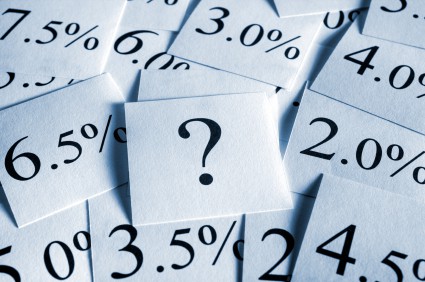
Tony Hayward, the departing Chief Executive of BP, is a man full of numbers. He has been with the company for 28 years. On his watch, BP had to spend £19bn on capping a leaking oil well. And, perhaps today, we’ll hear that his departing pay-off is an interesting number too. Indeed, we are fascinated by numbers generally. What if the Sri Lanka cricketer Muttiah Muralitharan had only taken 799 wickets before the end of his last match, instead of the 800 he actually achieved. It’s just not cricket is it to “only” get 799; we needed the “round number” of 800 to make it “right”.
And why were there only three blind mice, not four or 27? Why did the clock strike “one” when the mouse ran up the clock – and not three or seven? And why are some numbers “round” anyway? We have a strange relationship with numbers – and, as some mathematicians will tell you – they do not exist anyway…! Some cultures do not have numbers they have one word for a single item and then another word meaning more than a single item; it is either “one thing” or “many things”. They have no concept of “numbers”. In other words, “numbers” are not “natural” but are a human invention – a social construction.
Consequently, our brains process numbers in a variety of ways – often related to our social setting, our cultural up-bringing and the emotional attachments we have to the way we learned about numbers in the first place. And all of this means the numbers you use on your website can have different impacts on your visitors. If you are in business, this is important – you use numbers to signal prices, for instance. So getting those numbers right is essential.
For example, should you say that 75% of your customers prefer a particular product, or “three out of four”? What would be better – “two thirds” or “66%”? Get the choice wrong and you could reduce the chance of having the impact you want. New research on how we process numbers shows that sometimes you would be better off using percentages and others you would do best if you used frequencies.
The study shows that when we process frequencies, as in “three out of four”, our brain has to work harder. It means that often, we don’t bother doing this because generally we are “wired” for an easy cognitive life – the less processing we can do, the better. So, we prefer percentages as there is less calculating for us to do and so we “get” the number more quickly. But here’s the problem – we have less confidence in percentages. We trust frequency numbers more – partly because they require more in depth processing.
So, on your website, if you want people to trust your figures, percentages are out. But if you want them to understand your numbers quickly, then percentages are in. Say you want people to quickly understand you are giving them a good deal and that other people agree with this. Saying “90% of our customers agree” would get you a greater chance of success than saying “nine out of ten customers agree”. But if you wanted people to trust the deal you are offering you might want to say “four out of five people will save money” instead of “80% of people will save”.
Probably, it really means your sales copy should include BOTH percentages and frequency numbers. The percentage enables your readers to quickly understand and the frequency helps them trust your numbers more.
So, when we discover the deal that Tony Hayward gets, I wonder if it will be in round numbers, in percentage terms or in frequency format. The way it is communicated to us could reveal a good deal about what BP really would like us to think…!
